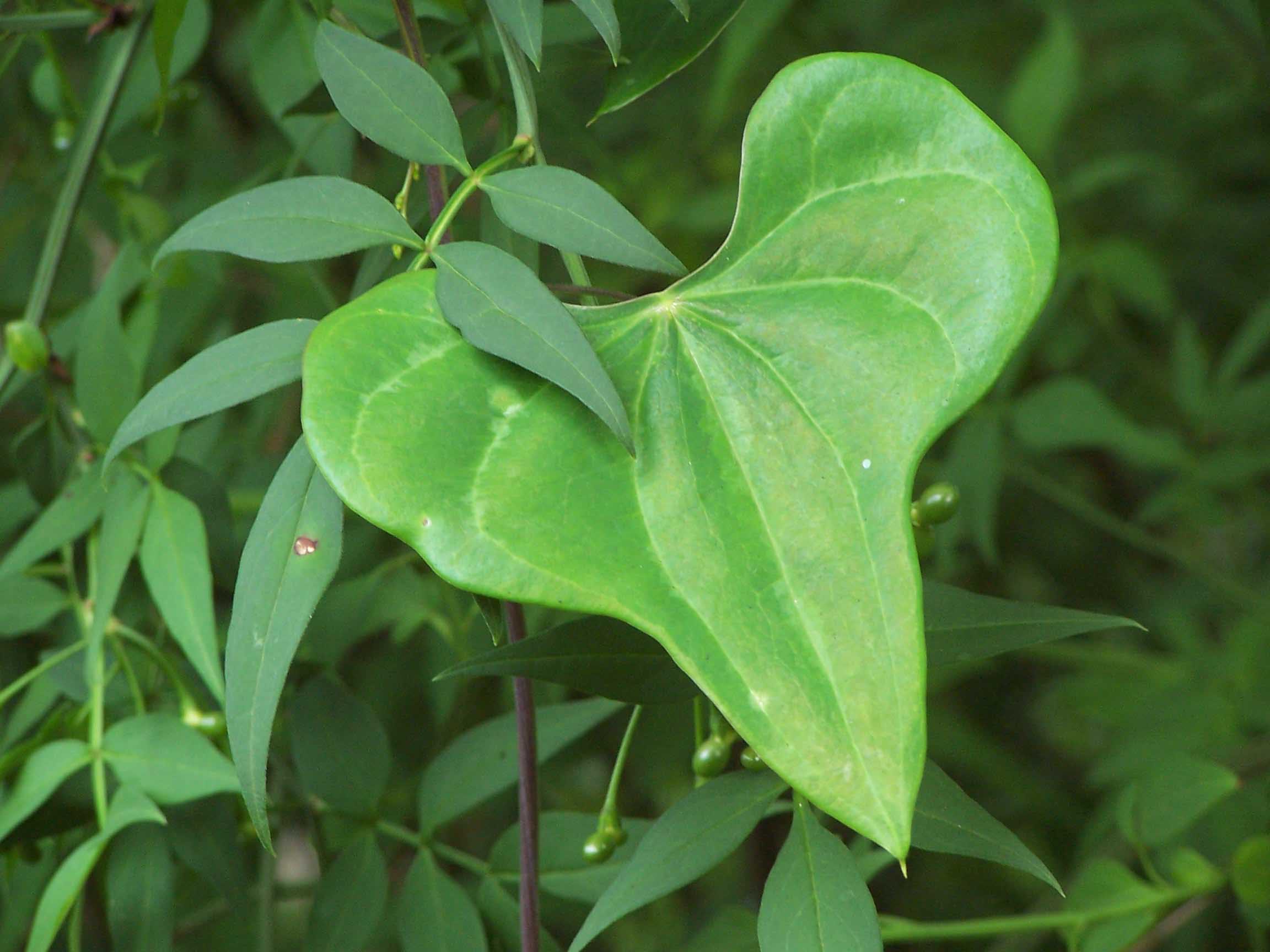I’m not from the South, and so I can’t call myself a Southerner like Holly can, but I did spend 6 years in Georgia. There are lots of things about it which I miss: winters which are more like a Minnesota fall, the almost disgustingly friendly people (OK, there was that one time that I was chased by a guy with an SKS assault rifle — but that was an exception — generally Southerners are the nicest people you could ever want to meet), and, especially, the food. I love okra, I love grits, I love country fried steak, I love mustard greens, collard greens, fried catfish, sweet tea (which is starting to become popular here) etc. And for those of you thinking well shoot, you can get that at your nearest Cracker Barrel (which I frequent) — IT JUST ISN’T THE SAME. One of the foods which I miss the most though — one that hasn’t found its way to Minnesota yet — is the boiled peanut. For those of you who don’t know what a boiled peanut is, it’s a little piece of heaven that has been boiled in a tub of hot salt water for a long time so that, when you break open the peanut’s shell, now the texture of watery cardboard, the seeds inside are soft, warm and, you guessed it, salty. So, why am I telling you this? Because I can’t suppress my excitement any longer. Tom Michaels. a good friend of mine who is a transplant from a Canadian University where he worked on bean breeding, and I recently were talking about boiled peanuts and he told me that he has a peanut variety which will grow here in Minnesota without too much trouble and which is can be used to make hot boiled peanuts. So I’m in the process of finding excuses to plant this critter — I’m going to plant it between rows of trees, in grass plots, in vegetable gardens — and then I’m gonna harvest them all and make hot boiled peanuts through the entire winter next year!
International Ag Labs – who are they and what do they do?
Last week I posted a short message about this company, asking you to do a little homework. Bryn, CP, and Karen all have teased out some details that agree with my skepticism on how reliable this company is for soil testing and analysis. (See last Wednesday’s post and comments if you haven’t read them already.)
To back up a little bit, I received an email from LB last week, along with the attached soil test, analysis and recommendations. LB intends to do some “market gardening” and here are his questions:
1. Is there anything to this perspective? Understanding your soil and rl37 (a “Jack of all trades” product).
2. I “get” that I should not willy nilly spread compost over everything, but what in the attached recommendation (based on the soil analysis) should I follow (Note: Crescendo and Stimulate are no longer offered, but there are lots of other interesting products here.)
3. Have you read any peer reviewed research that supports their “High Brix” market garden approach that uses sugar content and refractive index to supposedly correlate to improved flavor and higher nutrient content in selected vegetables? I have heard of chefs using this to evaluate certain produce (carrots and tomatoes) in the market but nothing in a peer reviewed journal.”
Take a look at the linked report from IAL (from the second paragraph). This is a confusing analysis, as it combines traditional ppm measures with pounds/acre. (My understanding is that you can divide this latter number by 2 to get ppm.) However, pounds/acre only represents a portion of what’s actually available in the soil. It’s not an indication of how much, if any, of these nutrients to add. (If you’ve never seen U. Mass Amherst’s soil testing lab, take a look at their webpage, especially their fact sheets related to soil testing.)
What irks me is the recommendations (which are in the first table in the attached document). I’m not even sure of the rate – I assume it’s per acre, but who knows? And what is the purpose of all this stuff?
This company is heavily used by many people, including researchers (if you Google the name of the company along with site:.edu, you’ll find reference to articles and university reports that use their services.
Let’s have some discussion on this. I’m certainly not an expert on performing soil tests, but I’ve had enough of them done that I have a pretty good idea how to interpret them and their recommendations.
Friday puzzle solved…finally
We’re back to civilization, so I can finally post the answer to the puzzle. I’ve been without cell service and our only computer access was dial-up at a glacial 37.2 kbps. Yes, kbps.
Back to our puzzle. Here’s a larger version of Friday’s photo:
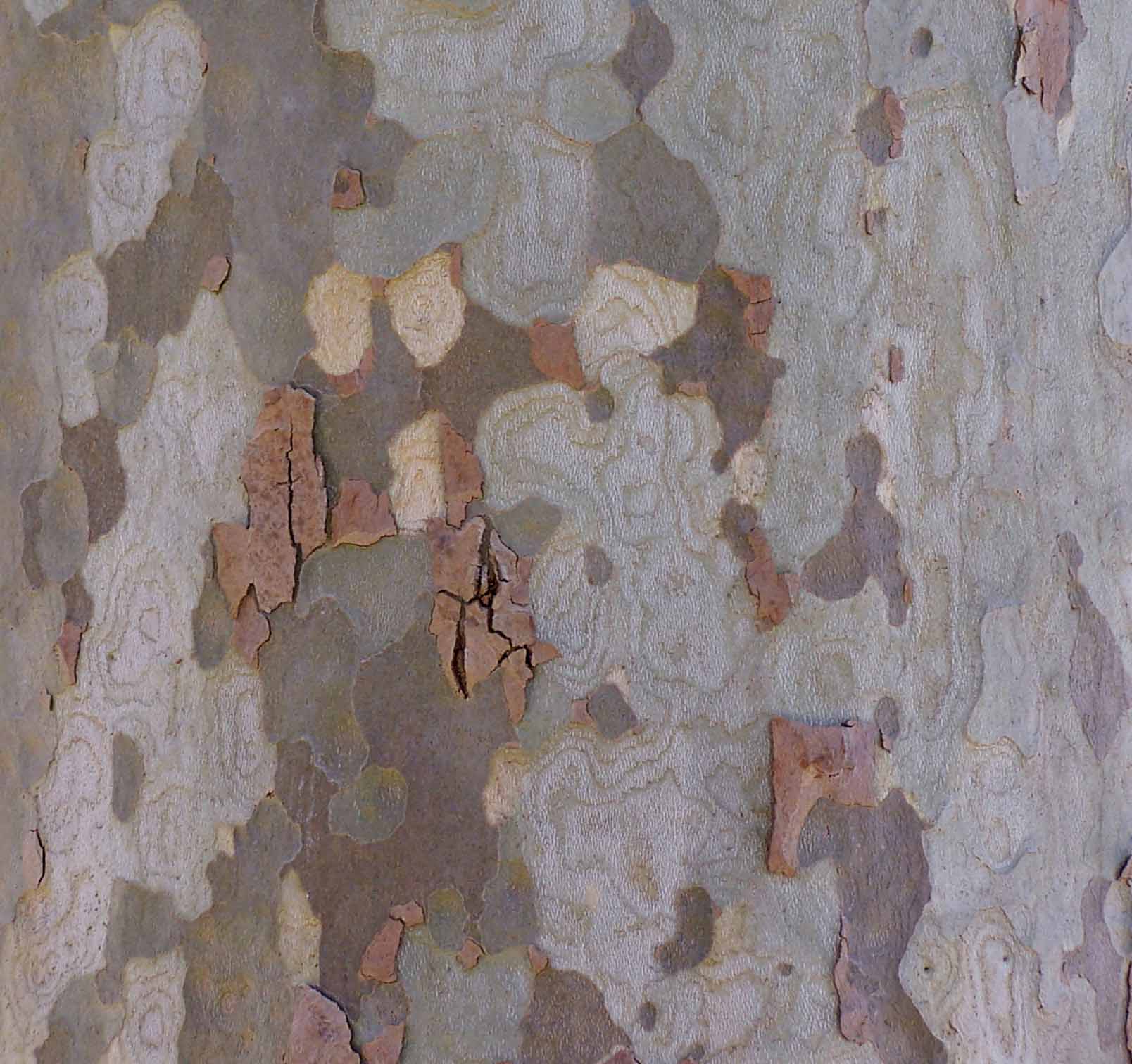
It is bark, as many astute readers pointed out. As far as I know, it’s a London plane tree (Platanus), but given the promiscuity of the genus, who knows exactly what species or hybrid it is?
Other tree species were suggested by others and I immediately Googled them to see what their bark looked like. Check out Pinus bungeana (thanks to @Garden Hoe), Parrotia (from Deirdre), Smilax bona-nox (Bryn), Stewartia (one of Deb’s hedged bets), and Corymbia maculata (from Jimbo).
And now, thanks to Ed, I will forever look for pictures hidden in bark. Someone should make a “Gardener’s Rorshach test” from variegated bark!
What Do Pork Products and Fruit Trees Have in Common?
This is one of those “random thoughts” posts…no professorial musings, plant geek gushings, or interpretations of useful research. And absolutely, positively, in no way, expressed or implied, intended to provoke a veg/carnivore controversy nor promote any particular product.
Just a simple question that occurred to me in the grocery store.
“WHERE is all this apple wood coming from?”

Google “apple wood smoked bacon” and get 689,000 results. Apple wood also frequently appears as “applewood”, orthographical conventions aside. We’ll just refer to it as AWSB for the duration of this post. Wendy’s is promoting their burger with AWSB all over the place. Kraft’s Oscar Mayer division recently released a new AWSB product nation-wide (according to the blog www.mrbaconpants.com) What used to be available only through specialty meat companies and at high-end grocery stores is now available everywhere.
Back to my question. That’s a lot of bacon to smoke.
Apples used to be an important part of the mid-Atlantic and Northeastern commodity mix. Arkansas had its own “Apple Belt”. These markets have experienced a fairly dramatic decline; much of U.S. production has shifted to Washington state. So are some of these out-of-production orchards the source of all this wood?
I may ask this question of some apple experts I know. Linda, I bet you’re up to your pits in pomologists at Washington State – see what they say (and I apologize in advance for the looks you’re going to get). Also – how much apple wood has to be used in the process to officially, legally, be considered AWSB? May have to pester a food scientist.
Cool tree App for i-Phone users
I’m preparing to give my Woody Plant Physiology students their first opportunity to flaunt their new-found knowledge (aka Exam one) so only time for a short post.
As my fellow Garden Professors are aware, I am among the least tech-savvy people roaming the halls of academia these days and was long ago declared roadkill on the information superhighway. However, I recently found out about a new App for the i-phone that could lure me back into the 21st century.

Programmer Brett Camper has developed an i-Phone app called ‘Trees Near You’. The App is based on a street tree inventory for the City of New York and allows users to view maps of over 500,000 street trees. For each tree users can look up info about individual trees including their size and estimated environmental and economic benefits based on energy savings and storm water retention. The App also links to Wikipedia pages that provide more info on the tree’s botanical characteristics. For more info, including a QuickTime movie demo, go to: http://www.treesnearyou.com/
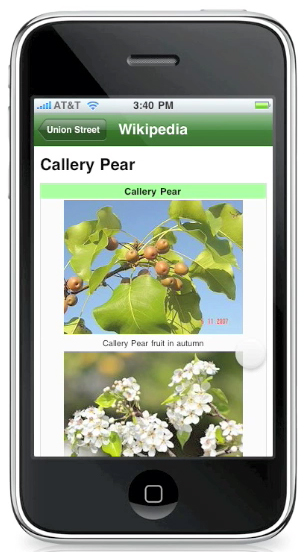
While it may be easy to quibble with particular estimates of tree values or a particular bit of info from Wiki, there is no arguing this is pretty cool stuff. Hopefully other App writers will be inspired and Trees Near You-type Apps will start appearing for other cities. This is a great educational tool and a great way for urban and community forestry programs to promote the value of trees where we live.
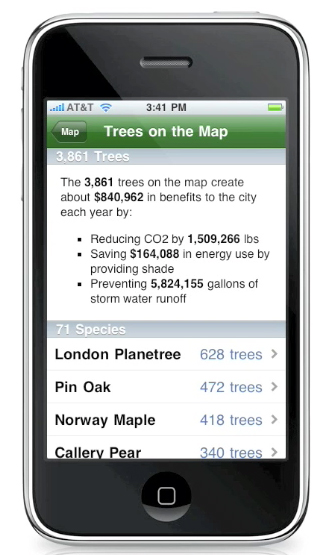
Native vs. introduced species – the discussion continues
I was asked earlier today to comment on the Garden Rant blog regarding the issue of nonnative plants and insect survival, specifically in reference to Dr. Tallamy’s research. Though I haven’t read his popular book (Bringing Nature Home), I did read one of his most recent papers (DW Tallamy and KJ Shropshire, 2009. Ranking lepidopteran use of native versus introduced plants, Conservation Biology 23(4): 941-947). The authors argue that lepidopterans prefer native to alien species for egg laying. A serious problem I see in this paper is that the authors are literally comparing apples to oranges. They do not compare effects among species in the same genus (the reasoning is there aren’t enough publications to look at), but among genera. Thus, they lump at least 179 “alien” woody species into “native” woody genera and compare those to woody genera that are completely alien. There are only 112 species in the latter.
I would bet that if he separated out these 179 woody species and added them to the alien genera list his findings would be quite different.
Comments?
Friday quiz time – and happy Valentine’s Day
The Government In Your Yard
This year Pinellas county in Florida banned the use and sale of nitrogen and phosphorus fertilizers for lawns between June 1 and September 30. Is that a good idea? On the surface it seems like a great idea because it should reduce the amount of nitrogen and phosphorus which reach streams, lakes, ponds and rivers and cause algal bloom and destruction of water habitats. On the other hand a PROPERLY fertilized lawn is less likely to have nutrient rich runoff (because of a more expansive root system.) If this ban inadvertently stops people from properly fertilizing there is the possibility that the problem could be made worse.
I’m no fan of heavy fertilizer use by homeowners — I loath the practices of many lawn care companies which includes pesticide and fertilizer applications as many as 5 times a year — but the truth of the matter is that grass actually does a good job of grabbing nutrients that are applied to it because it has such a dense root system. Crops like corn and wheat, on the other hand, don’t have such a dense root system. I recently read a paper stating that, worldwide, only about 33% of the nitrogen applied to crops is actually used by those crops (this is referred to as NUE or Nutrient Use Efficiency). A recent graduate student of mine found that the NUE for Hazelnuts is actually well below that.
My personal preference for lawns is that we start to do what was once common back in the ’50s and before — plant clover with your grass. Believe it or not you can get an amazingly dense lawn that way. The clover will provide much of the nutrition that the grass needs — and it’s not, as of yet, considered a noxious weed. I also like the idea of planting leguminous trees, like black locust (I know some of you see this as a weed — it can be a nice tree too) in turf plots, reason being abscized black locust leaves have high concentrations of nitrogen — over two percent — unlike the leaves of things like maples and oaks. Of course it’s also possible for the nutrients from clover or the leaves from black locust to end up where they shouldn’t, but because of their slow decomposition we hope that nutrients running off from these sources would be less of a problem.
Anyway, my final thought — Why couldn’t we legislate that all grass seed include some clover or that a certain number of leguminous trees be planted near turf plots rather than trying to control the use of fertilizers?
My summer vacation
I’m following Holly’s lead and slipping into fantasyland today. Though this part of the country has no snow, it is a typical cool, misty and gray winter morning in Seattle. So I’m going to a happy place and reminiscing about my summer vacation to Sechelt, British Columbia.
Sechelt (pronounced like “seashell” with a “t” at the end) is a lovely place full of wonderful people (and great gardeners!), but I’m going to focus on the coastal rock gardens at Smuggler’s Cove Marine Provincial Park. We visited on a day much like the one I’m experiencing now, so there weren’t many visitors. All the better for us.
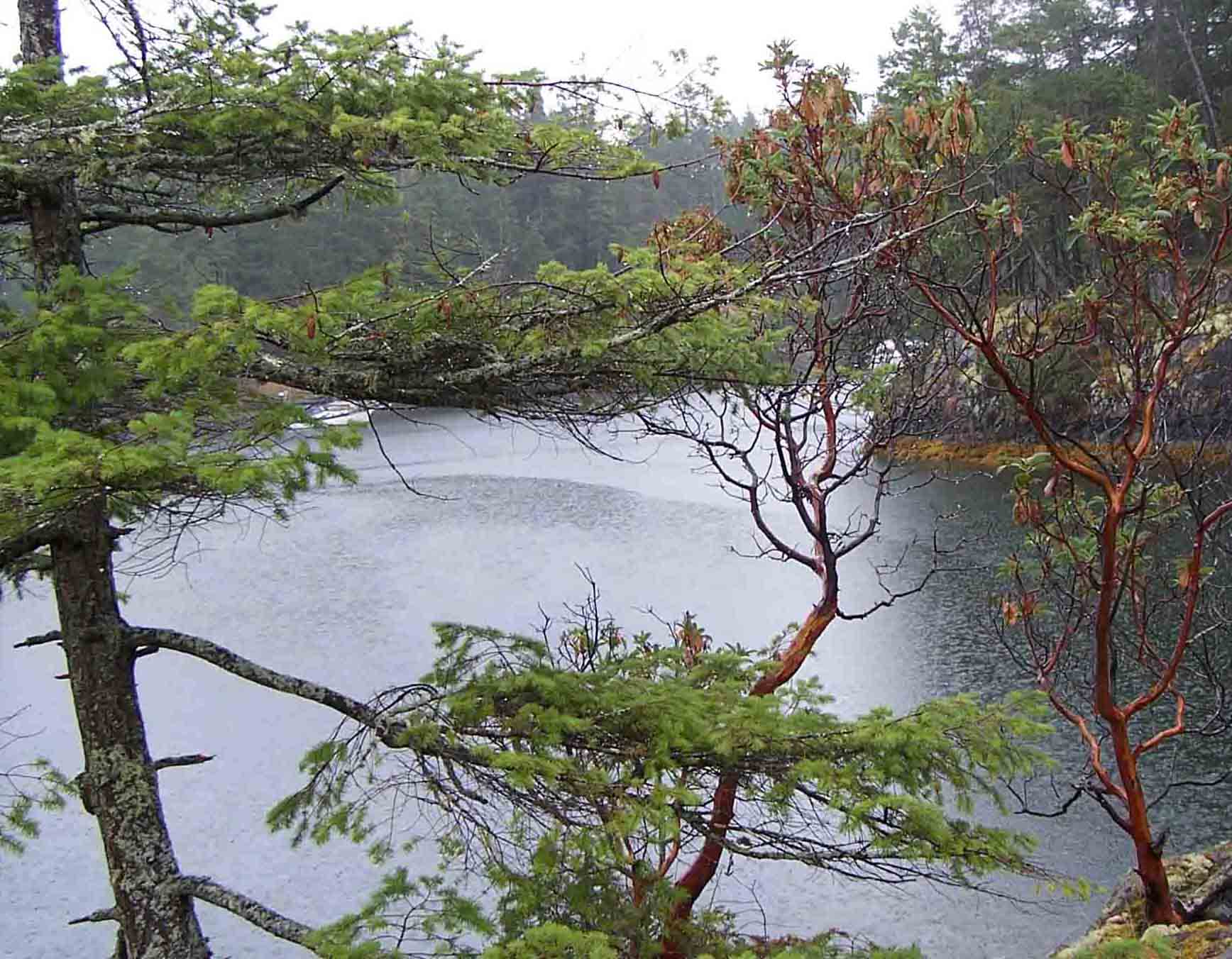
Since my interests trend towards plant adaptations to harsh environments, this rocky, salt-sprayed landscape naturally drew my eye. Trees colonize the bare rock, rooting along cracks and fractures.
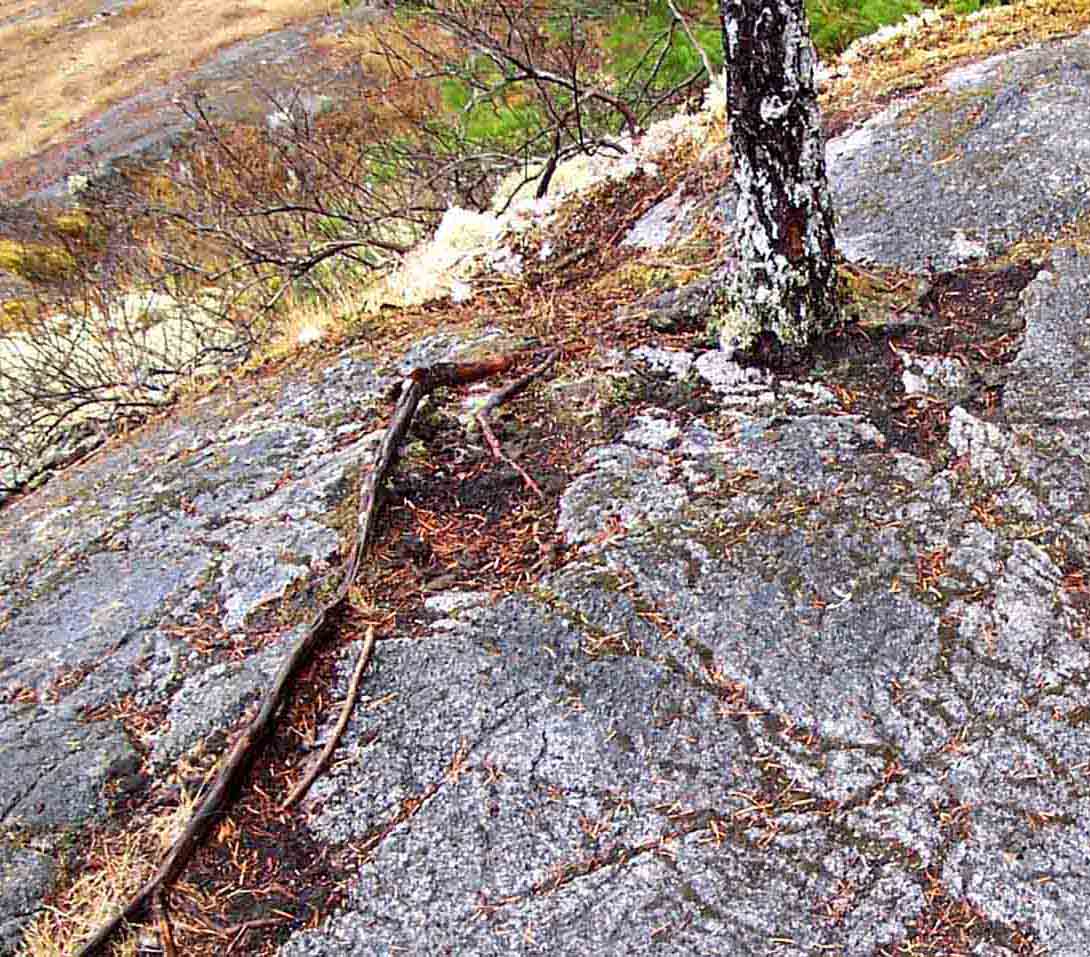
Even though we were past the flowering season, these natural gardens were still striking with their miniature plants. Many of these are cushion formers, and together they formed living patchworks.


And there were still a few wildflowers left as well.
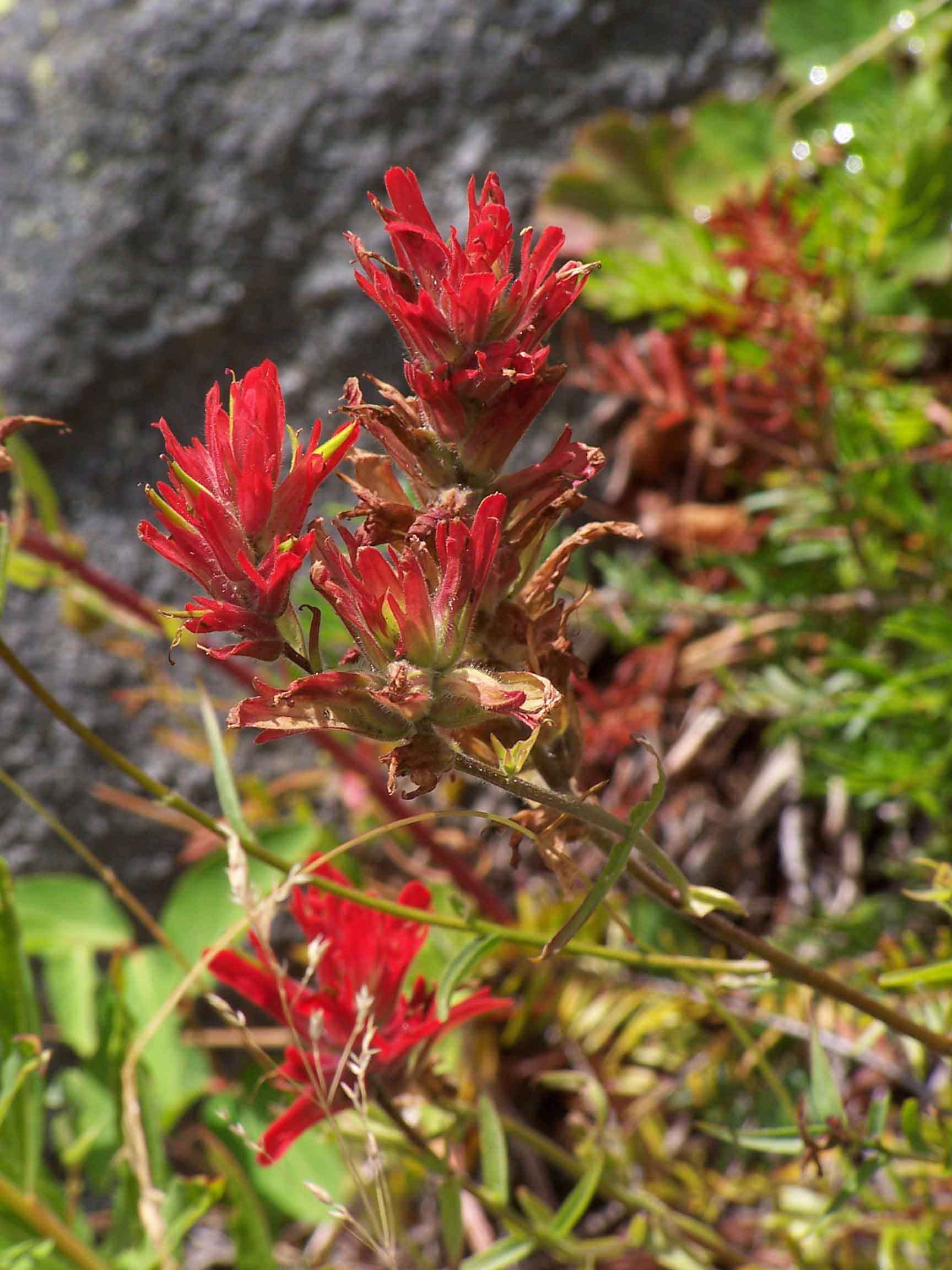
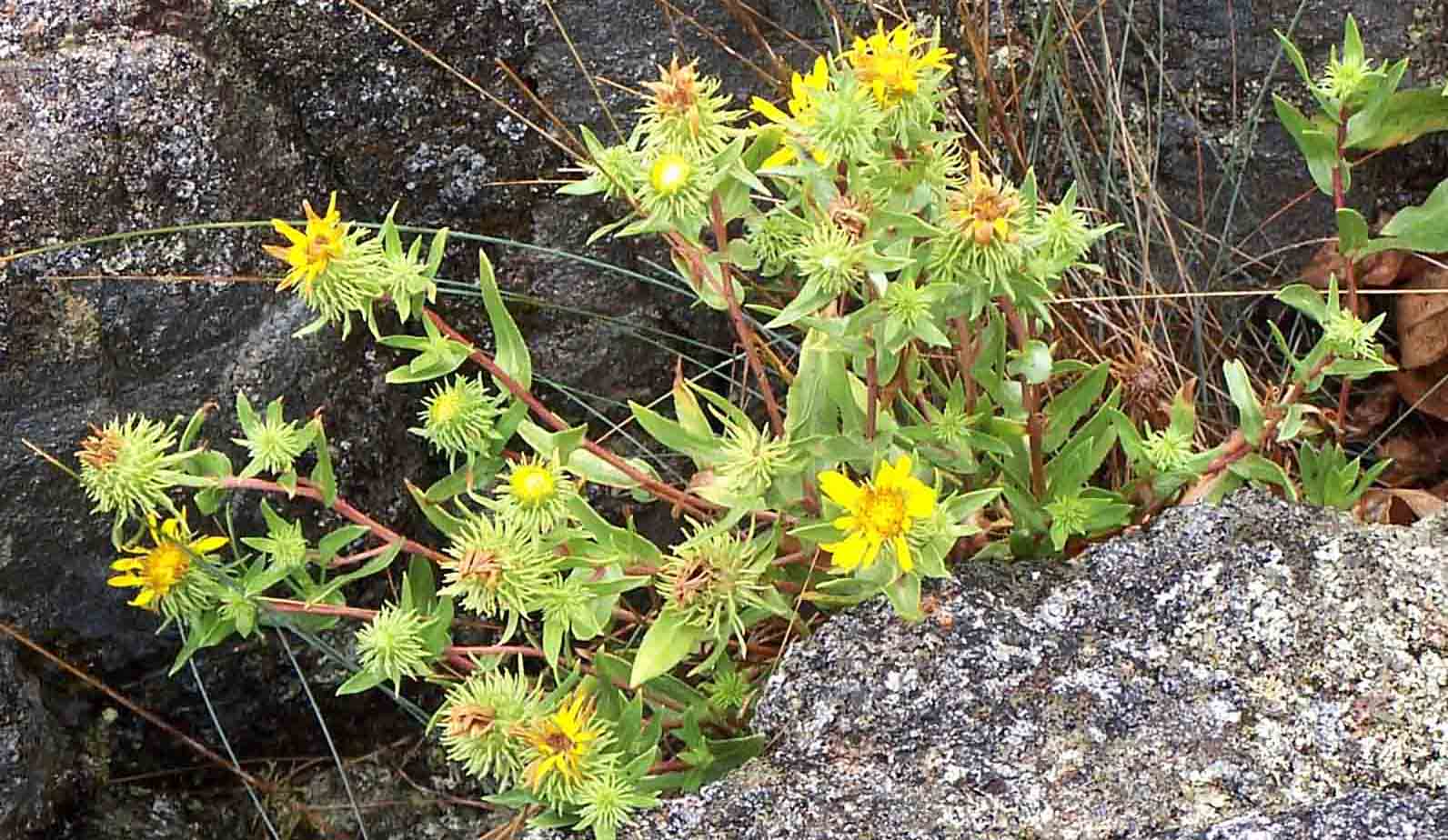
Hot and dry in the summer, constantly sprayed with salt, and living on the thinnest of soils, these rock gardens nevertheless have a rich diversity of plant and insect life. And all without vitamin B-1, compost tea, Epsom salts, or any of the other products aggressively marketed to the gardening world…truly amazing.
So much for my happy summer vacation
It figures. After I write a happy post I get an email question that brings me back to reality. I plan on sharing a little more about the question – and my answer – with you later, but I’m going to give you some homework. Let’s see what you can find out about these topics:
International Ag Labs
High Brix Gardens
Reams’ Biological Theory of Ionization
Hint: they are all interrelated. Post your comments on the blog and let’s see where we go with the discussion.

